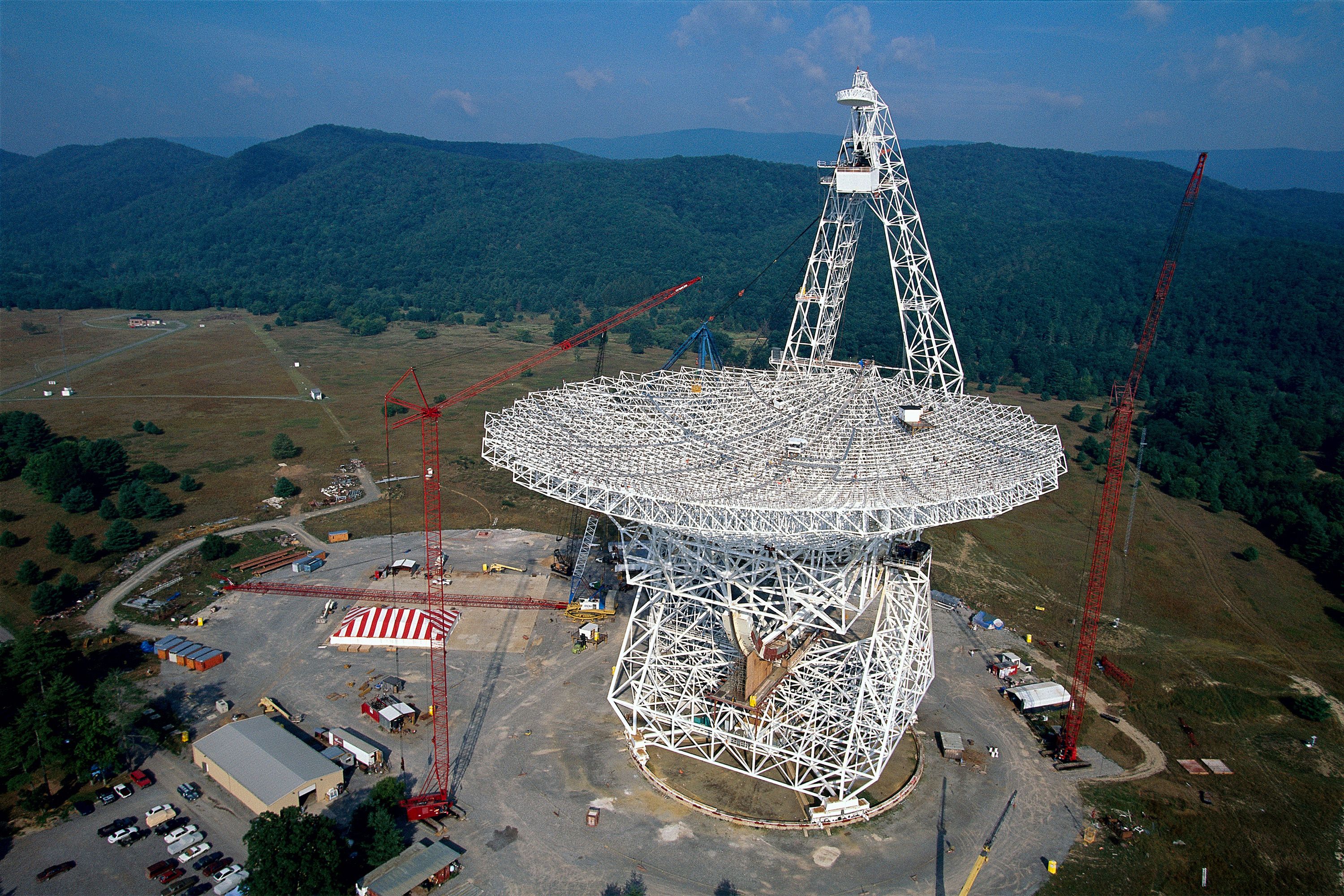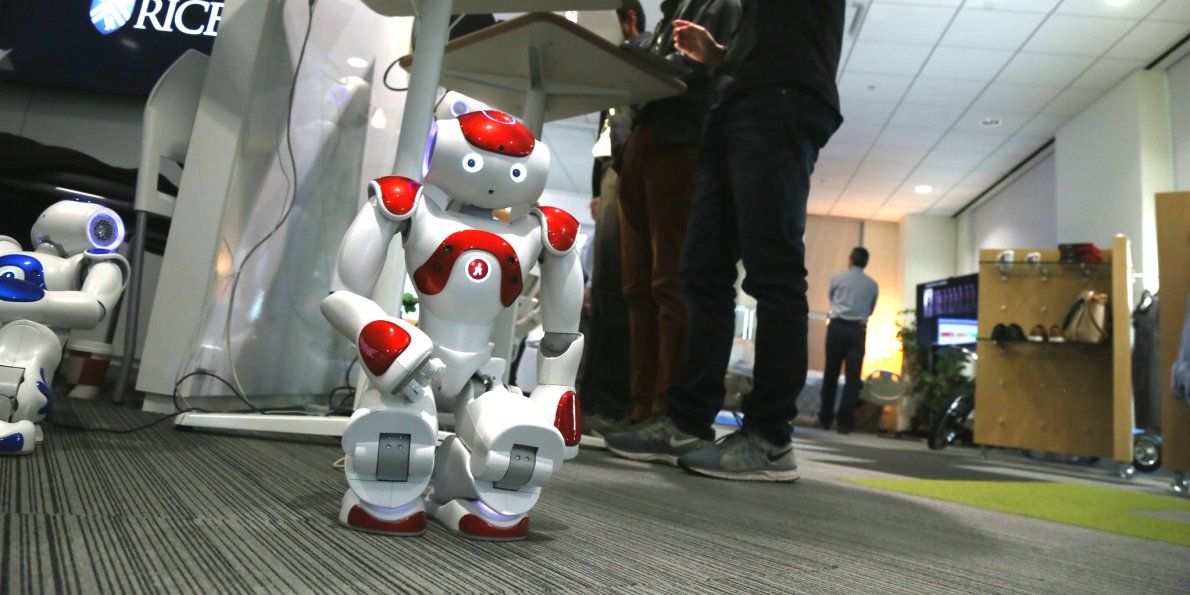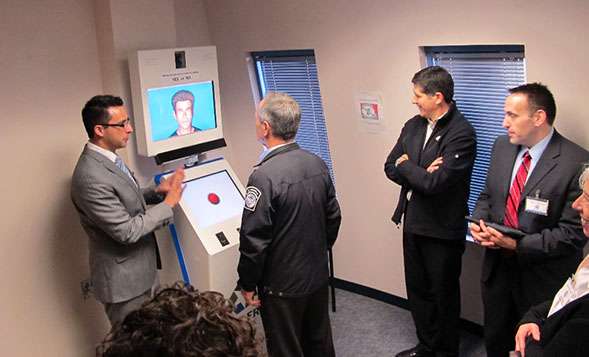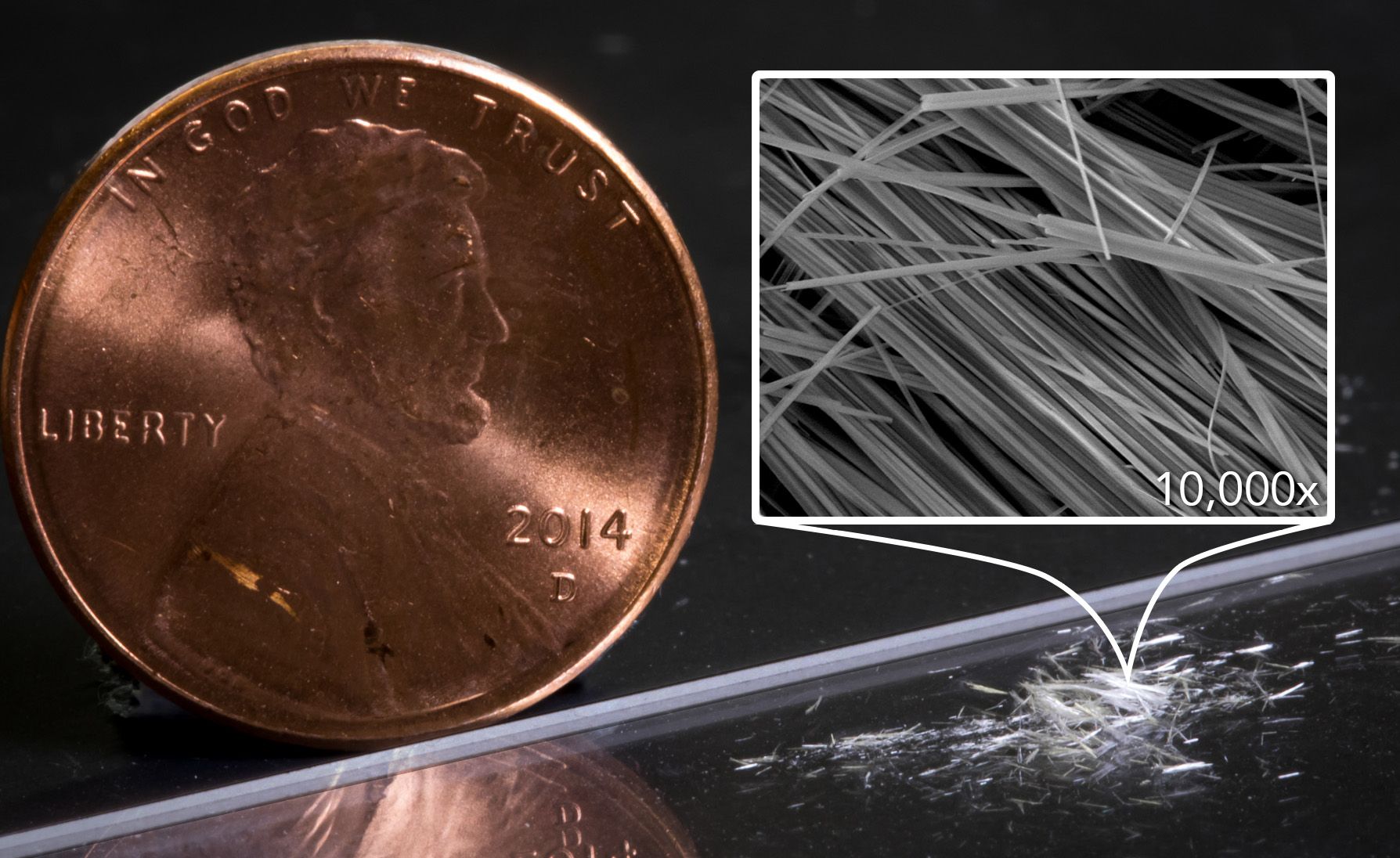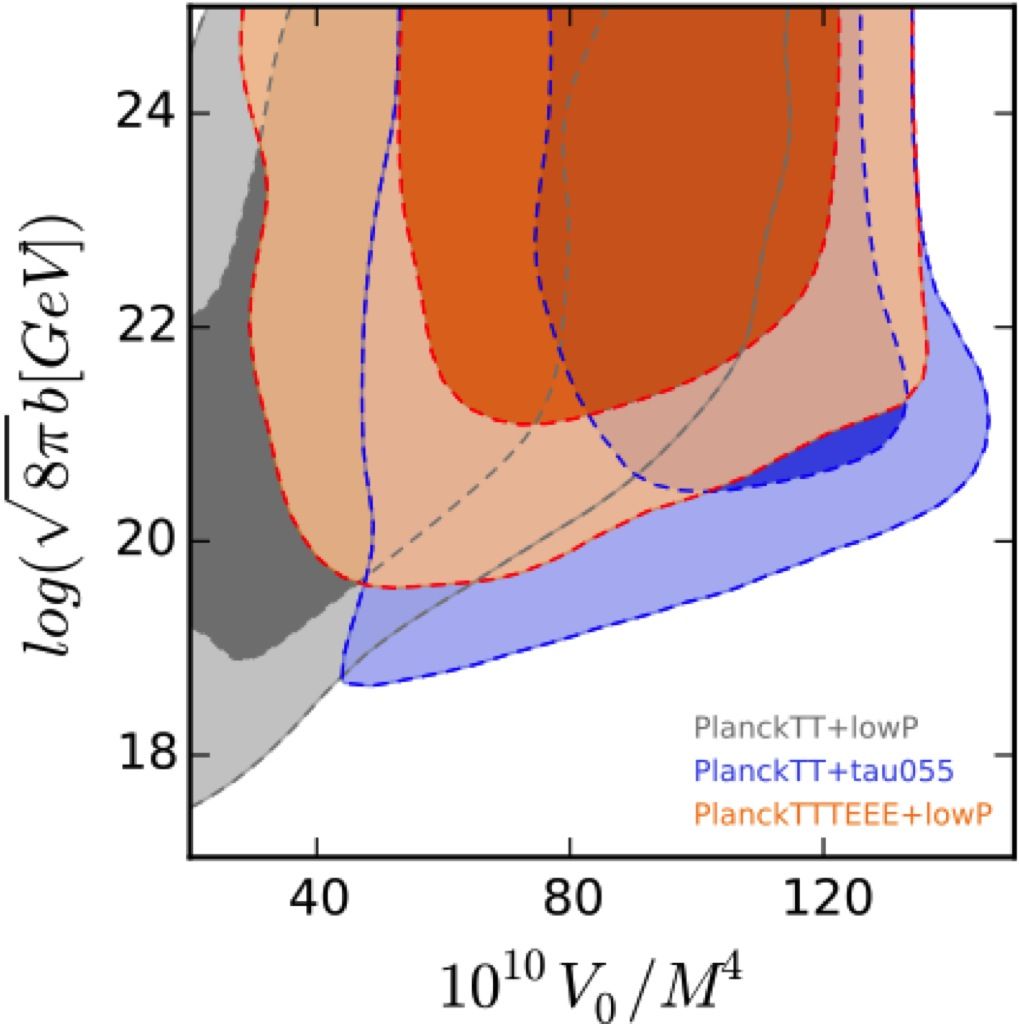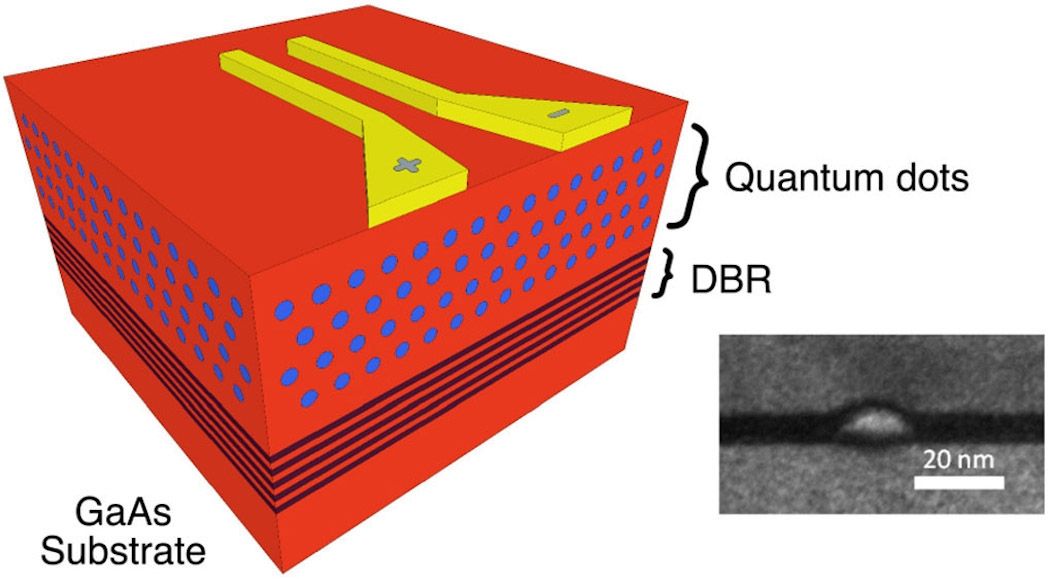Scientists may have found proof that E.T. really is phoning home — in the form of powerful radio signals, which have been detected repeatedly in the same exact location in space.
Astronomy experts with the Green Bank Telescope in West Virginia and the Arecibo Observatory in Puerto Rico have discovered six new fast radio bursts (FRBs) emanating from a region far beyond our Milky Way galaxy, according to a recent report in the Astrophysical Journal.
The discovery — made in the direction of the constellation Auriga — is significant considering the fact that at least 17 FRBs have now been detected in this area. It is also the only known instance in which these signals have been found twice in the same location in space.
